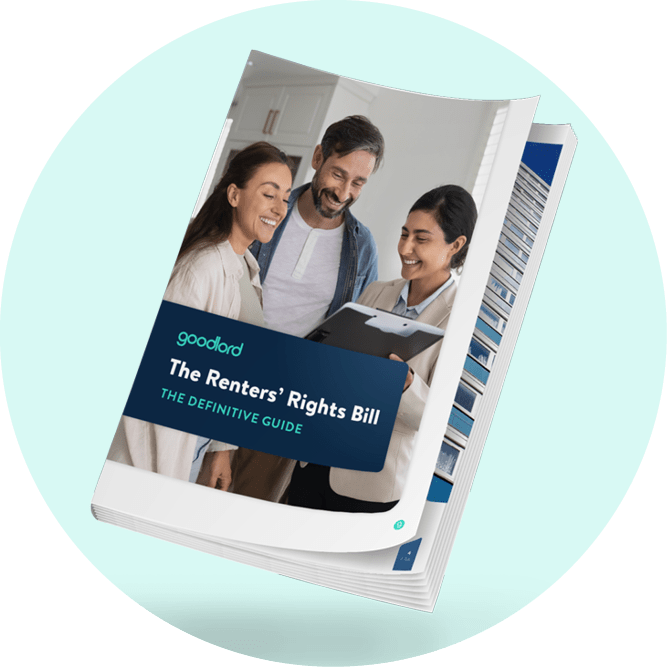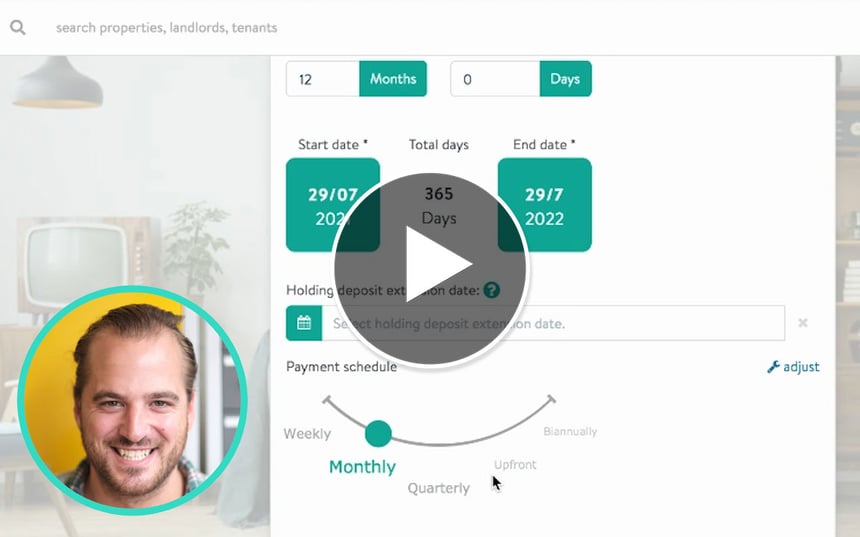Could a low EPC rating be costing your landlords tenants and sales?
More tenants and investors are choosing properties based on Energy Performance Certificate (EPC) ratings, a potential opportunity for your agency's landlords.
Energy is the word of the moment as prices soar and the government advances on its pledge to achieve Net Zero by 2050. Increased Minimum Energy Efficiency Standards are on the horizon, requiring landlords to upgrade all their private rented properties to meet a rating of Energy Performance Certificate (EPC) band C by 2028, and the cost of living for everyone is starting to soar as wholesale gas prices grow. In the midst of this lies an opportunity for landlords who want to help support their current tenants and make their properties more attractive to future tenants - and investors.
Spreading the cost of the upgrades over time
Many landlords are going to have to invest to upgrade their properties in line with the government's new criteria if they haven't already achieved a C rating - around 67 percent of private rented properties.
Landlords are expected to have to spend a maximum of £10,000 to upgrade their properties to meet the new ratings. However, a recent survey highlighted that only 54 percent of landlords with up to three properties knew about the proposals versus 80 percent of landlords with 10 or more properties.
Only 20 percent of the landlords with under 10 properties said that they'd be willing to upgrade in advance of the rules coming in. Agents may need to support their landlords to ensure firstly that they're aware of these requirements on the horizon and then to help them map out how to make the necessary improvements, budgeting for the additional cost.
Making these investments earlier can help to spread that cost over time, and ensure that the property is as attractive as possible in the face of tenant expectations.
Consumer desire for energy efficiency
Even before the cost of energy rose to its current levels, consumer sentiment was shifting to embrace energy efficiency, and this trend continues for tenants.martin
Research shows that a tenant moving from a home with an E rating to a C rating could save £725 on average annually too - a big financial incentive for them to choose an energy efficient home.
In line with these energy expectations, smart technology is also increasing in popularity. In the build-to-rent sector, tenants shared that they'd be willing to pay 20 percent more in rent on average for a property with smart technology.
Helping tenants monitor their energy usage will make the property more attractive, help them better manage their costs - and reduce the risk of them falling behind on rent as well.
Investor appetite for high EPC ratings
"I was recently marketing an investment property for a landlord," says Anwar. "I had a conversation with an overseas investor and they opted not to buy that property because it was E rated so the landlord lost out on a potential purchase."
Research backs this up. Many investors are starting to look for properties that have already obtained the C rating or above - either homes where the improvements have already been made or new properties built with a higher energy efficiency rating in mind - with Hamptons research showing that, in the first two months of 2022, half of the properties bought by investors had an EPC rating A-C.
The number of green buy-to-let mortgages is also on the rise, with 353 products available - the highest ever recorded. "It demonstrates not only the recovery in the BTL sector but also the willingness of lenders to innovate," says Gavin Richardson, Managing Director of Mortgages for Business.
Investors will be taking a long-term view, realising that they can ensure a better return on their investment when they sell their property on if they've already taken these future requirements into consideration in their initial purchase.
On the other end of the scale, a recent poll shows that 52 percent of landlords that would need to pay for improvements have considered selling some or all of their properties in light of the new rules.
Some of those properties may fall back into the owner-occupier market as investors turn to energy efficient properties; some may still be snapped up by buy-to-let investors.
Fifty-three per cent of investors with larger portfolios of 10 or more properties would consider investing in properties with a D rating or lower and renovating to boost them to a C rating.
For landlords with the goal to sell, they'll have to carefully consider whether it will be worth making those energy efficiency changes in advance to boost the property's attractiveness to buy-to-let investors - keeping more properties in the private rental market and helping the landlord to command a better price.
Want the latest lettings new delivered straight to your inbox every week? Sign up to our mailing list and stay up to date.










